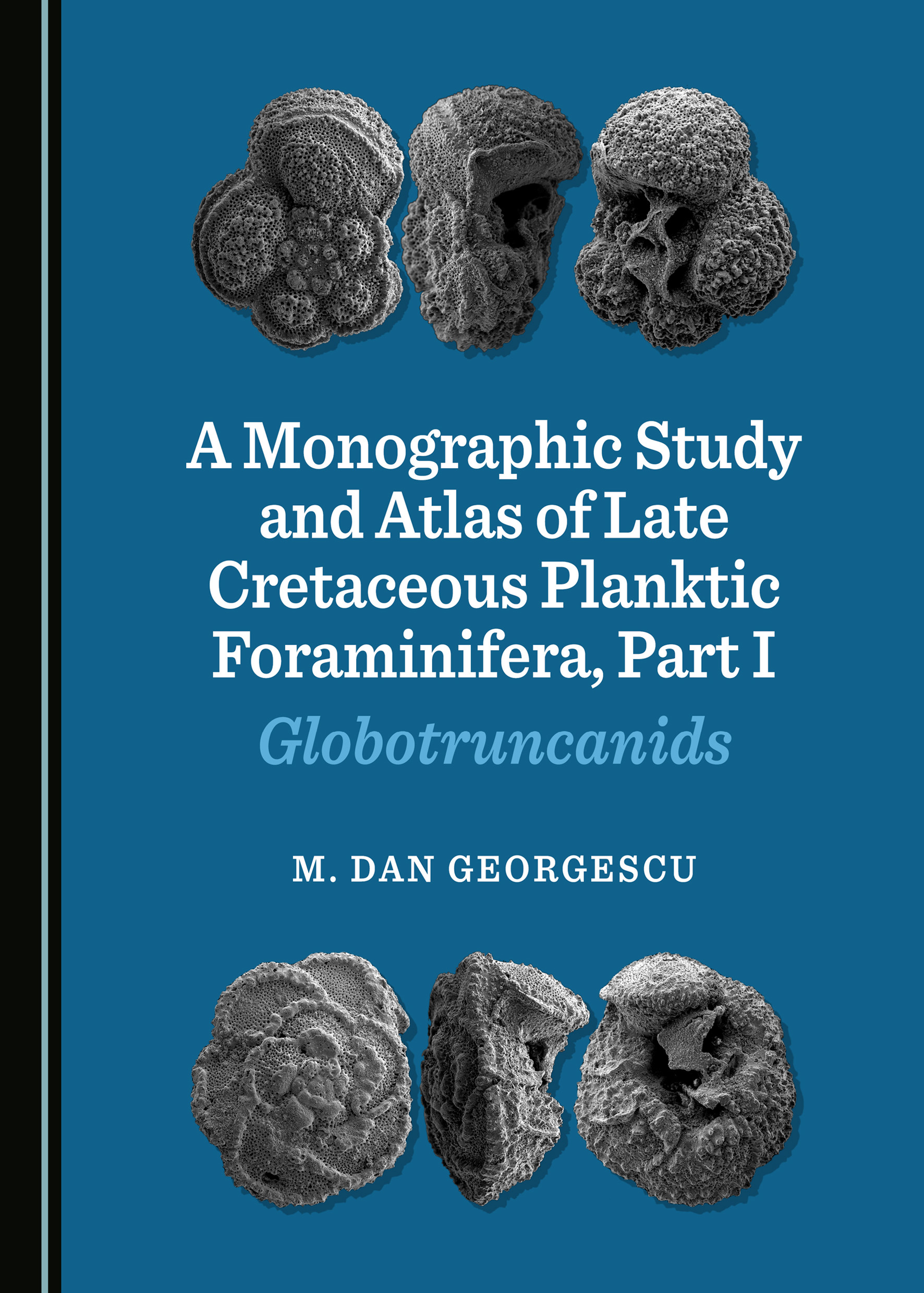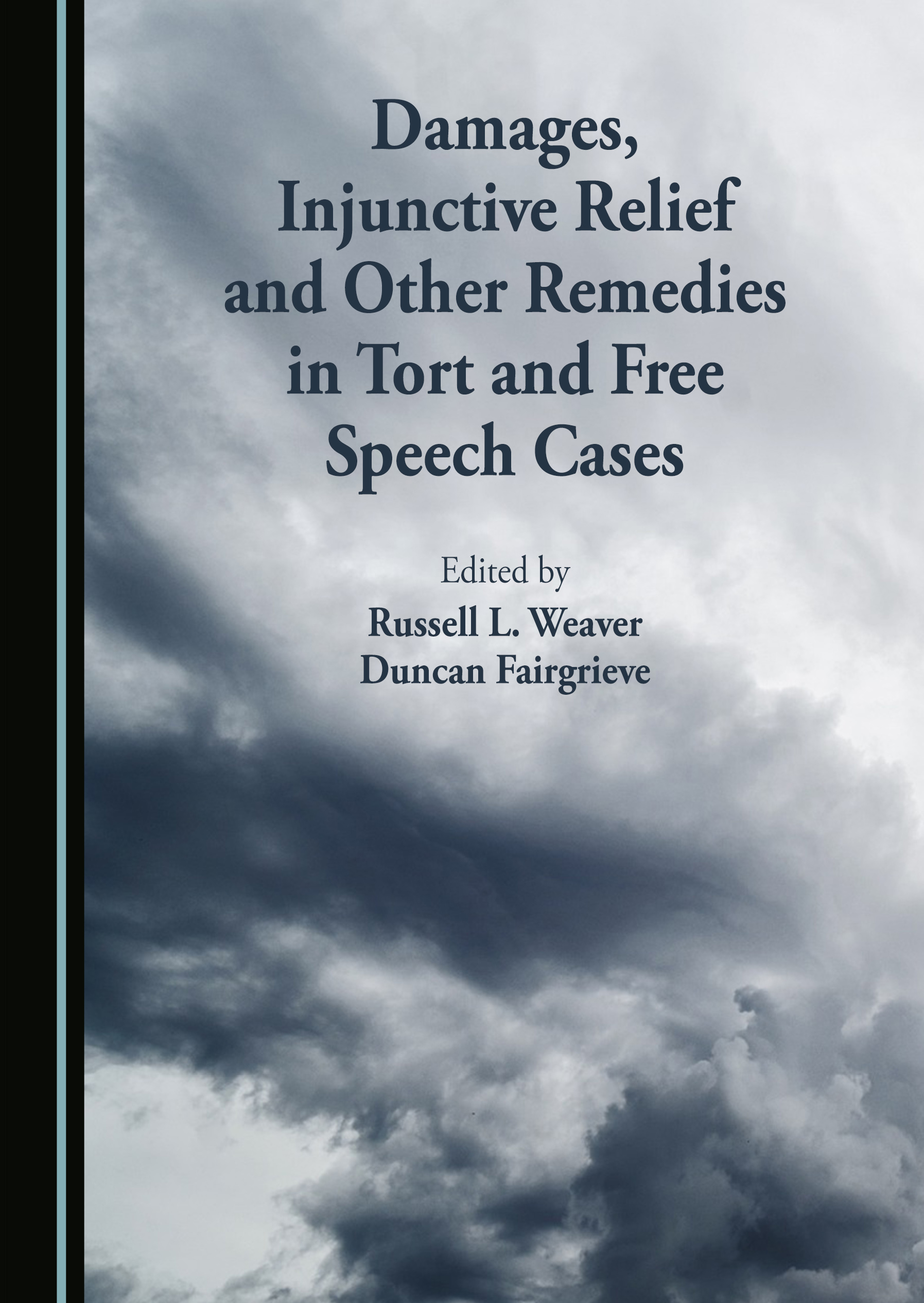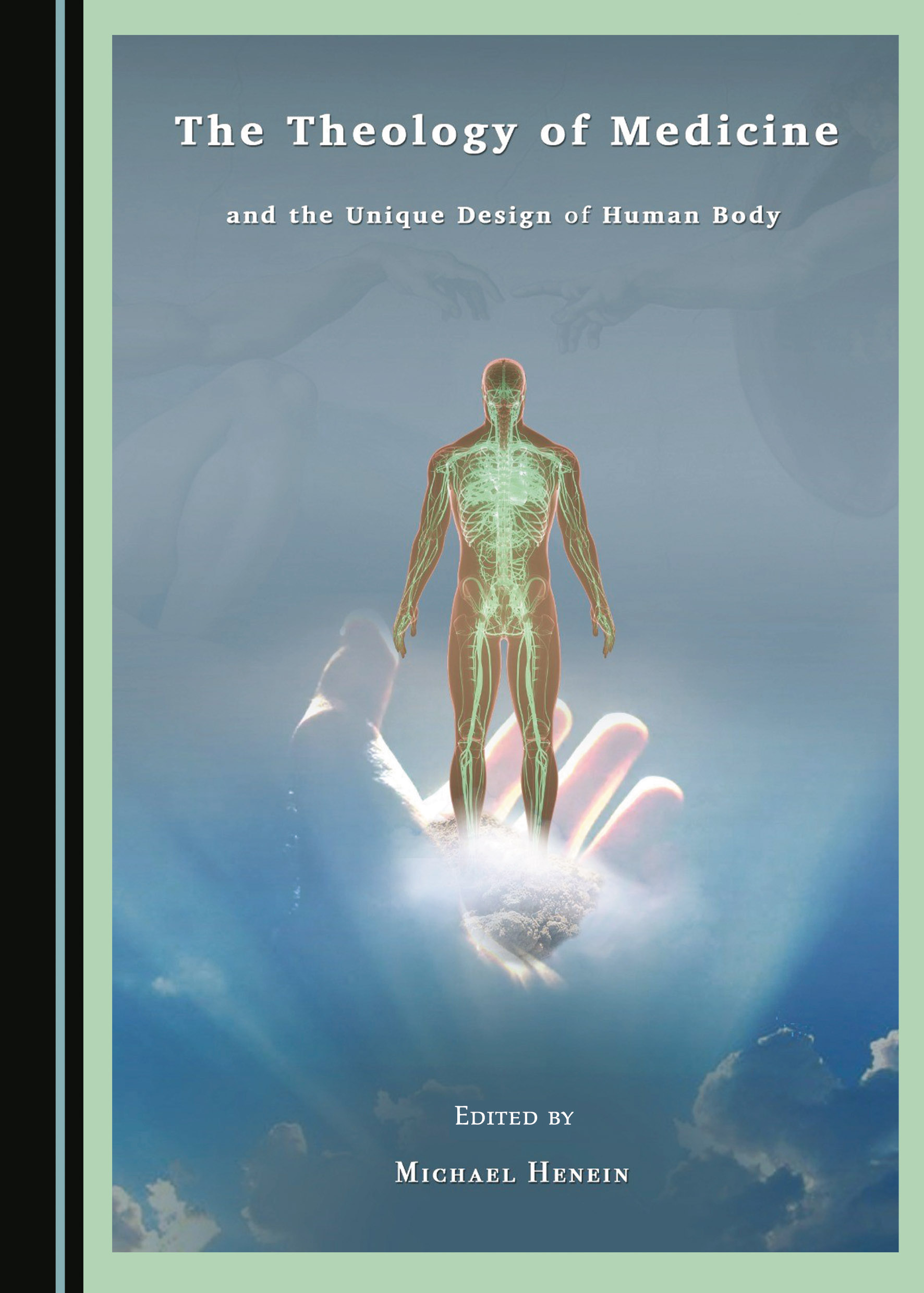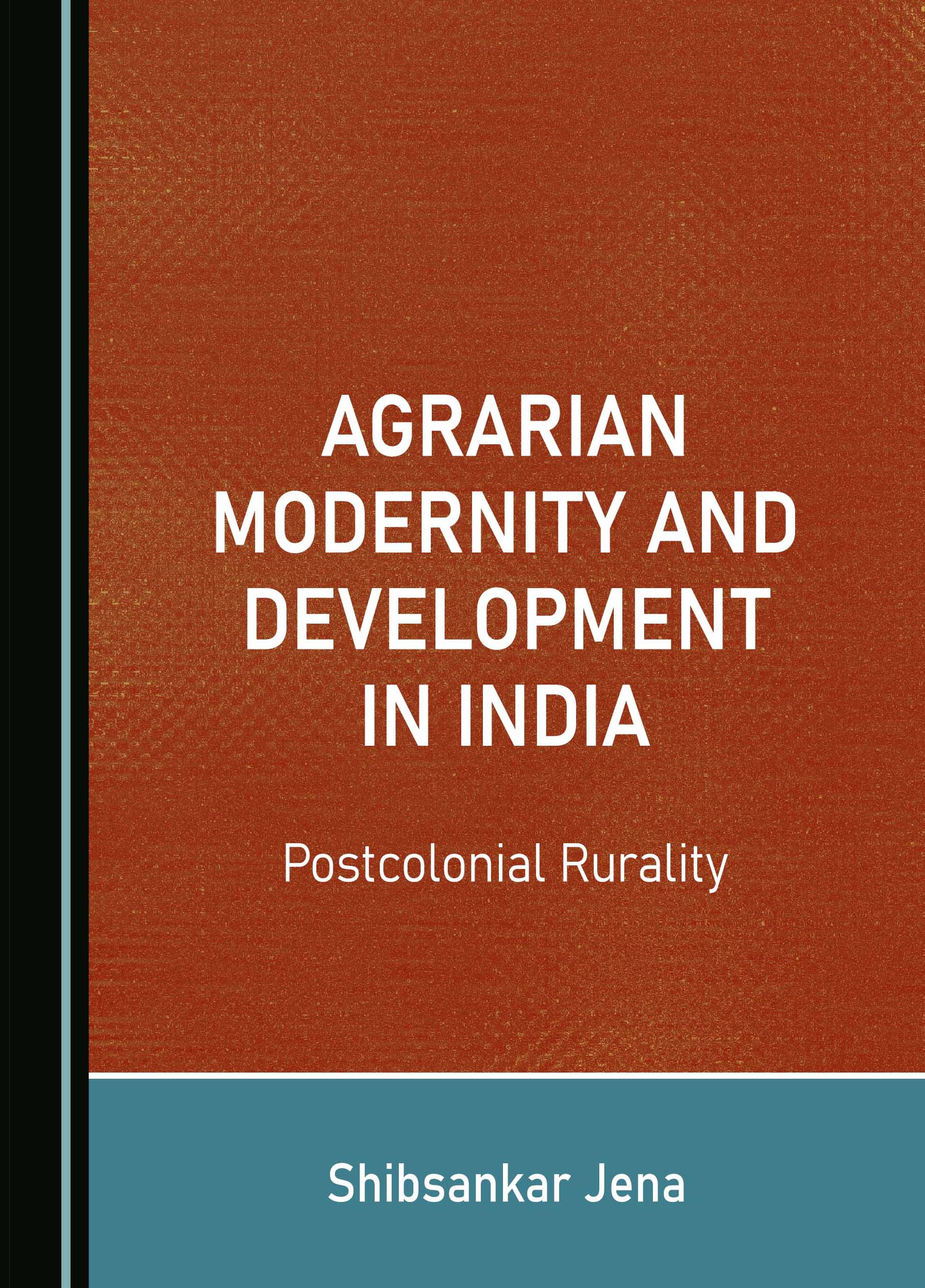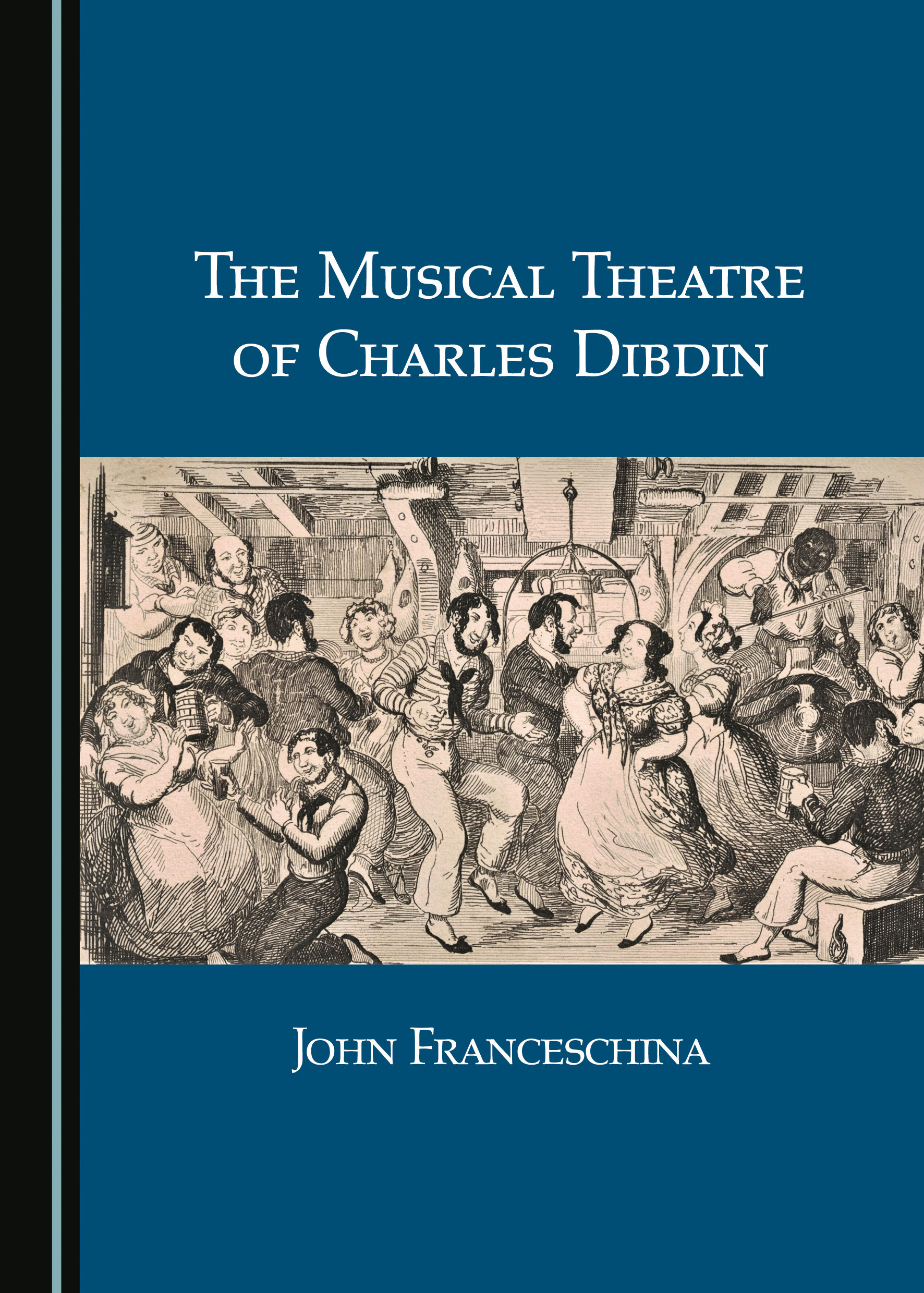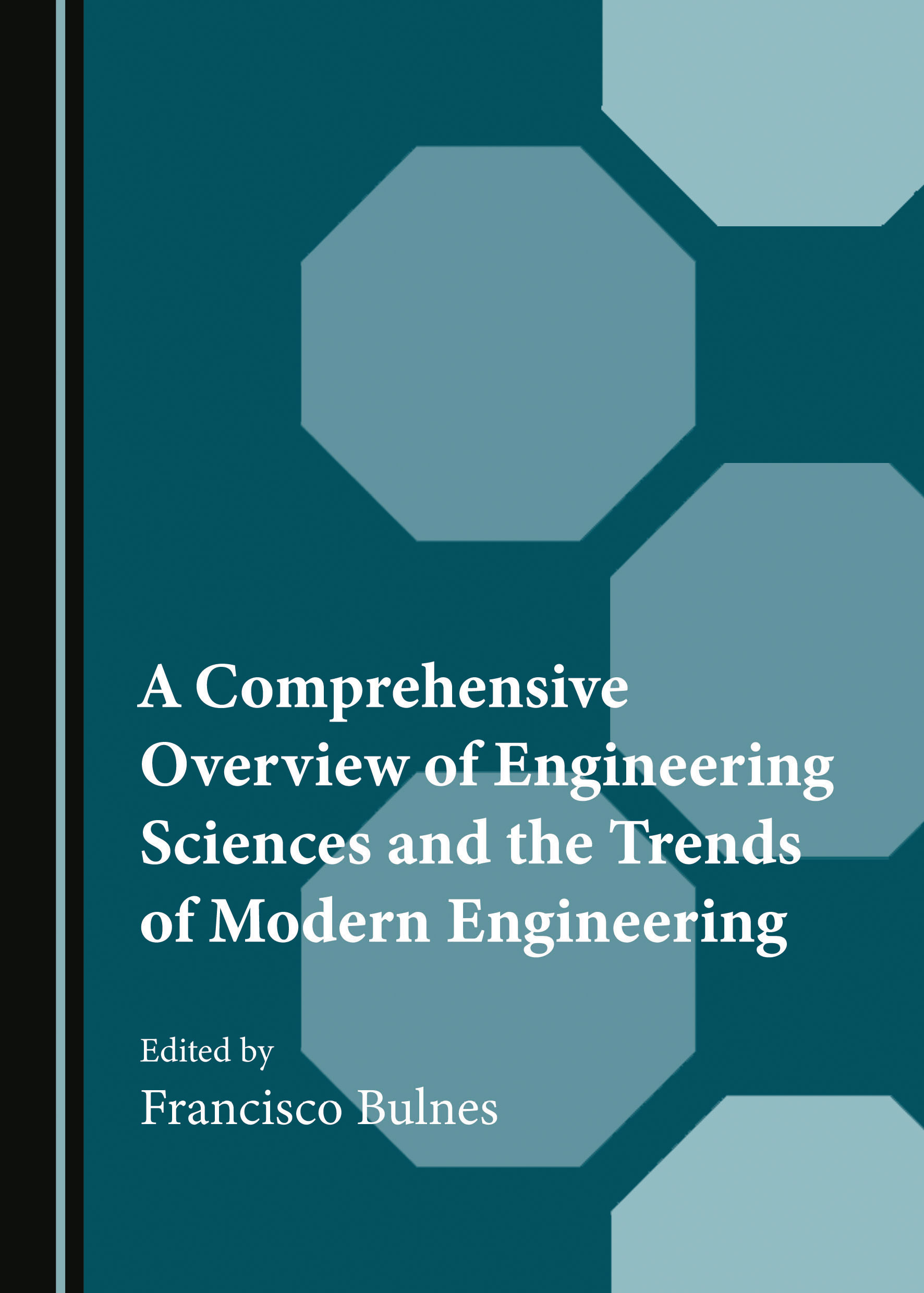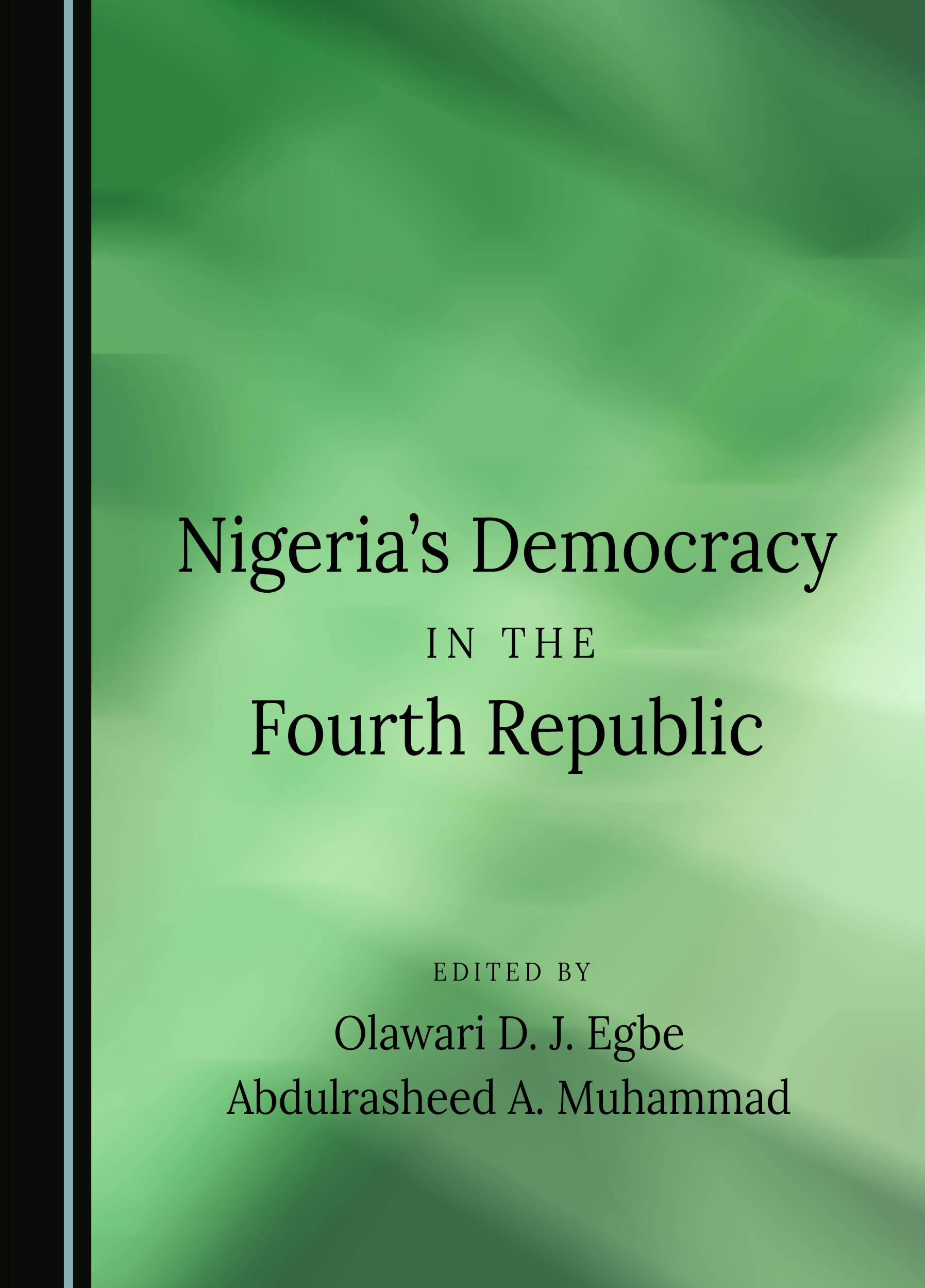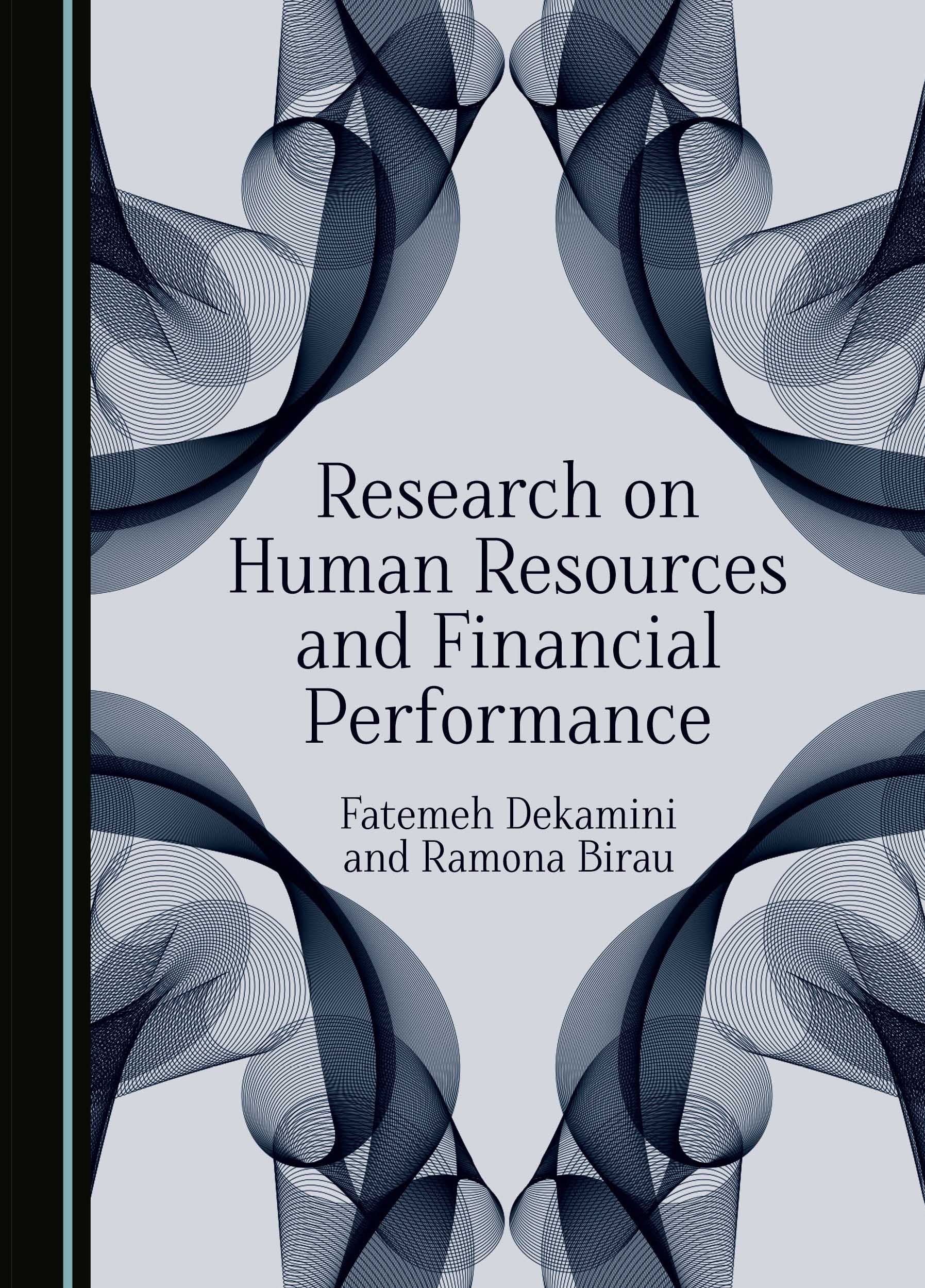A Monographic Study and Atlas of Late Cretaceous Planktic Foraminifera, Part I: Globotruncanids
This is the opening volume of a series that represents the first modern, extensive study of the planktic foraminifera of the Late Cretaceous Age. This group of microscopical single-celled protistans are the most used in the biostratigraphy of the Upper Cretaceous successions, and, from this perspective, this book is of paramount importance for specialists in oil industry and academia. This first volume is dedicated to one iconic group of planktics, the globotruncanids. It describes 61 species that are grouped into thirteen genera, illustrating them with high-quality photographs that emphasize the spectacular morphology of this foraminiferal group. With emphasis on the test ultrastructures and high-detail morphological characters in concert with the features pertaining of the general test architecture, this work provides the most comprehensive perspective on this group of foraminifera. The work will provide specialists and students with a wealth of ready-to-use data in a wide array of applications, from biostratigraphy to evolution.
M. Dan Georgescu received a PhD from the University of Bucharest, Romania, in 1994 with a thesis focused on the Mesozoic planktic foraminifera of the Western Black Sea offshore. Following an early career in the oil industry as a biostratigrapher and consultant, he joined academia and taught a variety of courses related to paleontology, micropaleontology, stratigraphy, geology and petroleum geology at the Memorial University of Newfoundland and Labrador, the University of Saskatchewan, and the University of Calgary, Canada. He has authored over 60 journal articles and book chapters, four textbooks, and two books, and served as the editor for two volumes.
“Globotruncanids, a group of cosmopolitan planktonic foraminifera, play a crucial role in the biostratigraphy, paleoecology, and paleoceanology of Upper Cretaceous pelagic realms. They can be studied from both washing residues of marly lithologies and thin sections of carbonatic rocks. This book represents a preliminary atlas for the determination of isolated specimens obtained mainly from various localities of ocean drilling programs. It provides excellent, high-resolution SEM images and detailed descriptions of morphological characteristics of each species, spanning from the Turonian to the Maastrichtian. The final chapters of the book address various evolutionary aspects, such as polyphyly, ancestor-descendant relationships, morphological trends and Linnean classification. Against the background of an increasing number of specialized papers in recent decades, this book represents a state-of-the-art compilation and synthesis of the available data. It can, therefore, be considered a ‘must-have’ for students and professional biostratigraphers and micropalaeontologists dealing with the group.”
Felix Schlagintweit
Independent Consultant and Researcher
“Articles and books by Dan Georgescu are a pleasure to read! All of them are pioneering in content, and written in an extremely logical, simple and very interesting way, just like this book. […] Reading this book is a real adventure! […] I recommend this book to all my students: if you want to become a specialist, read this book. Also for young scientists: if you want to work well, see how it’s done. And for teachers: if you want to write a good textbook, that's a worthy example. Finally, I recommend it to all the thinking people: if you want advice from an intelligent person, read this book, and you’ll see your own work in a better perspective.”
Dr Ekaterina Tesakova
Department of Regional Geology and Earth History, Lomonosov Moscow State University
Buy This Book






